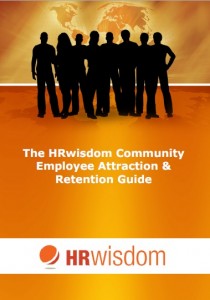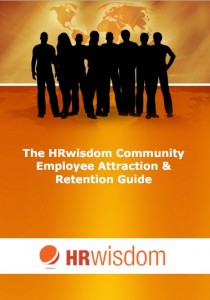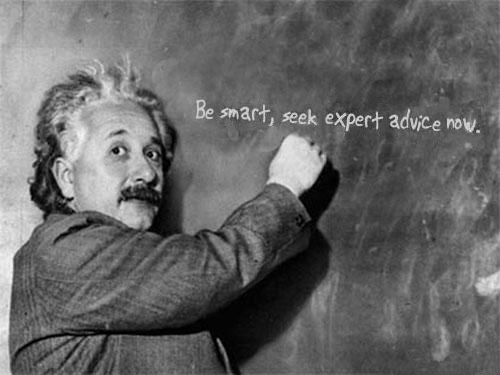Thanks to Vlasta Eriksson for these quick and easy ideas to improve employee morale.
 [dropcap]Y[/dropcap]our employees are the ones who help reach the collective goals of the organisation.
[dropcap]Y[/dropcap]our employees are the ones who help reach the collective goals of the organisation.
Hence it is very important to keep their morale up so they can work towards achieving better results.
Sometimes the plain and simple things in life are the most important ones.
It’s the same situation for the workplace.
Simple and well thought-out plans make all the difference to lightening-up staff morale.
Here are 10 steps that explain how any organisation can spend a few minutes and improve their staff morale at the workplace.
1. To reduce the stress level of employees, get rid of equipment that doesn’t work well such as computers, photocopier, fax machine etc and replace it. Make sure the supplies are always enough and the kitchen is stocked with provisions.
2. Allow them to work flexible hours. Employees also have personal commitments as well. Today, best practice workplaces are offering flexitime, part-time positions and work from home options more increasingly.
3. Give importance to the ideas and advice of your employees. Encourage them to speak up on different issues that relate to the organisation or themselves. Implement their ideas if practical and let people know of their contribution.
4. You can hold bake-offs and share morning tea or coffee because mornings are a great time to share ideas. Everybody can bring in some sort of baking confectionary. This can also raise some funds for charities that are widely supported by the employees.
5. A management expert believes that short messages should be delivered in person. Today, we live in an era where 40 percent of emails are not given any value. It means that rather than emailing the person who sits two floors down, just go and talk to him/her directly; it strengthens the relationship.
6. Offer your employees to sit with you for a day even if you are meeting someone. This will boost the morale of the employees up to a great extent and a give them lots of useful insight too.
7. Offer them advice on how they strive harder to make the best of their careers. Reimburse them for continuing education courses, professional seminars and lectures.
8. You can run contests and awards schemes. You can set a prize for something as simple as the best customer feedback received during the month.
9. Maintain a specific budget for entertainment. Arrange a team to decide the fair allocation of the budget for each quarter.
10. Celebrate the birthdays of your employees. It will not cost you to email your wishes. Every employee has a birthday so eventually no one is left out.
HRwisdom











